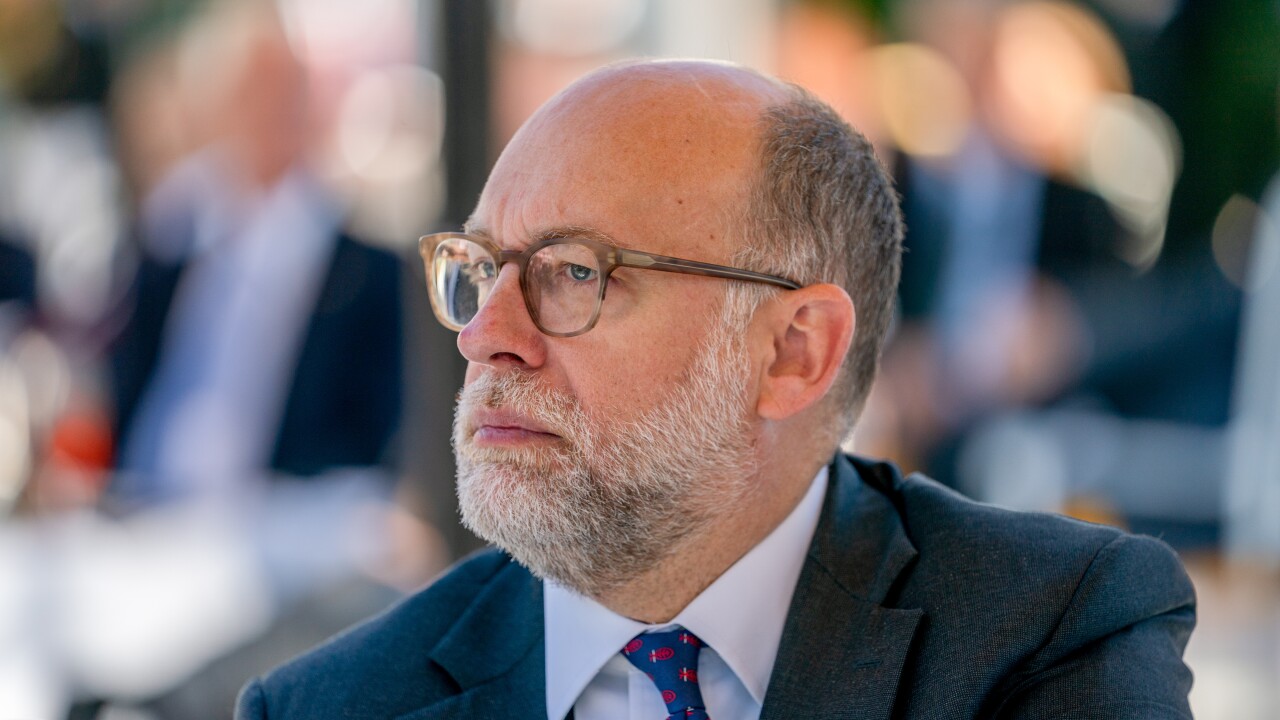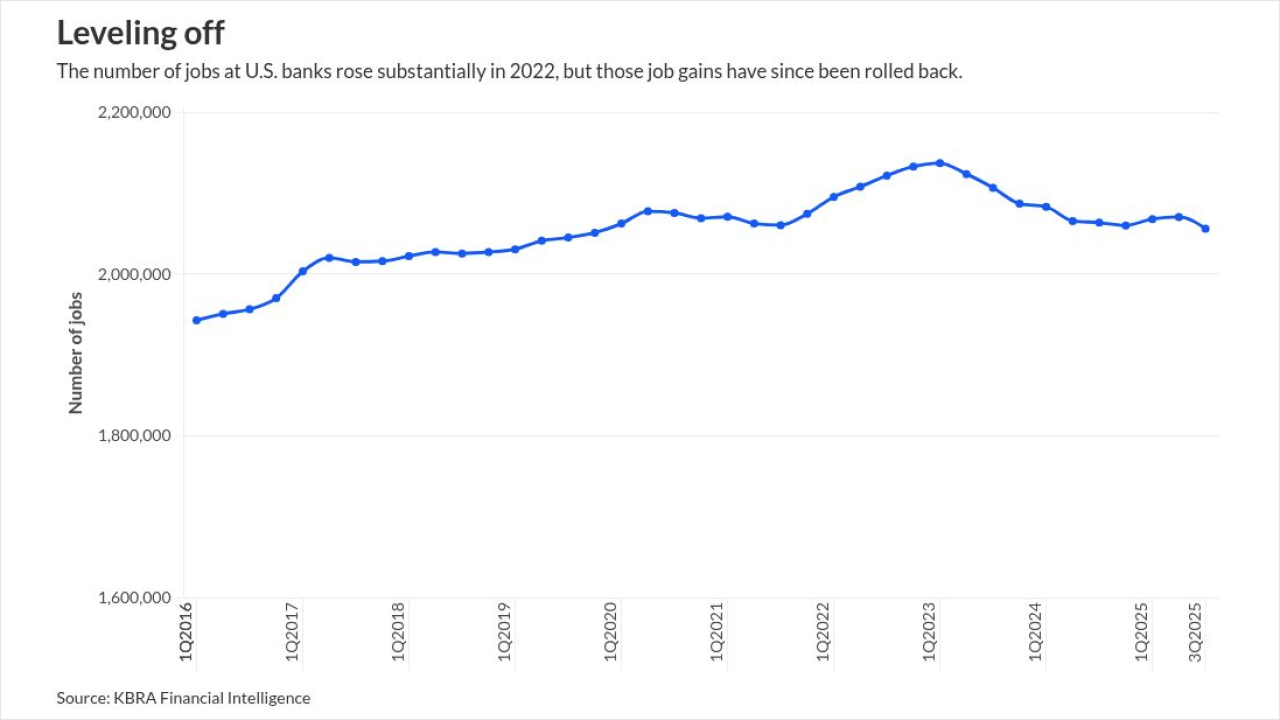Determined to make their Web sites more appealing to consumers, banks are eliminating user fees and are looking for ways to enrich the features on their sites. About 80% of the top-50 banks now offer online bill payment free to at least a portion of their customers, and 38% of those banks offer it free to all their customers.
In addition, consolidator sites are expanding their biller relationships. Consumers using consolidator sites can pay between 30% and 55% of their bills online, according to Needham, Mass.-based TowerGroup.
Not content to stand idle, more direct billers are offering online bill payment services. More than 1,200 billers now offer direct online payment through their Web sites, enabling consumers to pay between 55% and 80% of their bills online, TowerGroup says.
The expanding universe of online bill-payment services and the increasing absence of user fees is generating enough momentum to finally kick online bill payment into that elusive higher gear. By 2007, 29% of all consumer bills are projected to be paid online, up from about 13% in 2004, according to New York-based Celent Communications.
Concurrently, 16% of all consumer bills will be paid online through a bank in 2007, up from about 7% in 2004, and biller-direct sites will handle 13% of all online bill payments, up from about 6% in 2004, according to Celent.
"Consumers definitely have a need for online bill payment because of the convenience it provides, and banks are aggressively marketing their services to attract new customers to their site," says Gwenn B?zard, who recently left Celent to become research director at Aite Group of Boston. "Online bill payment has made some significant strides the past couple of years."
One the biggest strides taken is the increase in the number of third-party processors, many of which contract with banks to provide consolidated online bill presentment and payment processing on the bank's behalf. Many of these processors also offer their own branded bill-payment sites.
Partner Appeal
Third party processors/consolidators include Billeo Inc., CheckFree Corp., Metavante Corp., Princeton e-Com Corp. and Yodlee Inc. For banks, the appeal of partnering with a third-party processor/consolidator is lower infrastructure costs, since the third party establishes the links to billers.
"The start-up cost for creating an online bill payment service is relatively high, even for a direct biller," says Elizabeth Robertson, a senior analyst for TowerGroup. "Direct billers are also starting to realize that if they want to expand the number of people paying their bills online, they need to offer their statements through consolidator services."
Total volume through consolidator sites is expected to surpass that of total volume of all biller-direct sites starting this year, according to industry experts. In 2004, biller-direct sites and consolidator sites each collectively handled 1.1 billion transactions.
Fee Changes
Biller-direct sites made huge gains in market share between 2000 and 2003, when transaction volume grew nearly six-fold, to 834 million transactions annually from 120 million, according to Celent. In comparison, volume through consolidator Web sites rose 184%, to 842 million annual transactions from 296 million.
Recognizing they had to play catch-up, banks started dropping their fees, which averaged about $5 a month.
Bank of America led the charge away from user fees in 2002 and scored a huge success. Since dropping its fees, BofA not only has increased usage of its online bill-payment service, but it also improved customer retention and expanded its customer relationships, according to a BofA spokesperson.
Between March and August last year, 45 banks dropped user fees for their online bill-payment services, upping the total to 145, according to CheckFree. The move away from user fees is expected to grow transaction volume at consolidator sites a total of 34% through 2007, compared with 28% for biller-direct sites, according to Celent.
While the elimination of user fees spurred more growth for consolidators, it also created a conundrum for banks. Users of online bill payment may be more profitable, but the revenues they generate fall to the bottom line in other divisions. "The unit operating the online bill-payment service at a bank still has operating costs and is expected to turn a profit," TowerGroup's Robertson says.
On an aggregate basis, it costs banks about $1 billion per year to operate online bill-payment sites, according to industry experts. Substantial operating costs and the lack of direct revenues are why many banks and bill-payment consolidators are looking to offer value-added services for which they can charge a fee.
One option being bandied about is charging a premium to allow consumers to have paper bills sent directly to their bill-payment provider for electronic conversion.
What percentage of users actually will pay for value-added services remains the great unknown. Online bill-payment experts also are quick to point out that more biller-direct sites are looking to enhance the standard features and function of their sites to increase volume and frequency of payments. Enhancements include annual summaries, e-mail receipts, and automatic debits of direct deposit accounts or setting up a recurring payment on their credit card.
The price of offering these services is expected to be offset by the reduced operating costs that come from eliminating the need to print paper bills, mail them, post payment and pay the check-processing fee. Check-processing fees alone are about $1.22 per check. In comparison, the cost of processing an automated clearinghouse debit transaction is about half.
A more likely strategy for generating revenues without user fees is through credit card acceptance. Bill payments charged to bank card plastic qualify as a card-not-present transaction and, therefore, earn higher interchange for the acquirer. Merchants accepting cards for bill payment pay between $1.50 and $3.50, depending on their volume.
Biller Links
Online bill payment on credit cards represents a potential $1.2 trillion in transaction volume for card issuers, according to Raj Lalwani, founder and CEO of Billeo, which was scheduled to officially launch its bill-payment service in January. The company, which links consumers to more than 4,200 biller-direct sites, only accepts online payments made with credit cards. Users can create a directory of passwords and hotlinks for each biller site and enclose their card information in a secure electronic wallet.
"E-checks may be cheaper, but consumers want to pay bills online using their credit card, and the market has to offer the choices consumers want," says Lalwani. "SBC dropped card acceptance on its site for bill payment only to bring it back."
Card acceptance not only relieves consumers of having to make certain the funds are in their checking account to cover an online bill payment days before it is due, but also provides them with an effective means of managing recurring payments that are not fixed. Consumers know the bill will be paid each month, and they can see all charges on their card account statement. "Card issuers are looking at online bill payment as a way to further grow the recurring payments volume," says Hill Ferguson, general manager of the Electronic Bill Presentment and Payment Group of Redwood City, Calif.-based Yodlee.
Of the more than 2,800 companies for which Yodlee consolidates bills, about 50 accept cards for payment. Those companies net about 90% of their payments on cards. "Cards are a way to change the business model for online bill payment from an indirect revenue stream to a direct revenue stream," Ferguson says. "It is definitely worth it for a bank to accept cards for online bill payment."
Card payments are expected to represent 2.2% of all consumer bill payments by 2007, according to Celent, up from 0.7% in 2003. Biller-direct sites are expected to capture 17% of their transaction volume on cards in 2007, up from 11% in 2004.
With solid forecasts for continued growth and new revenue opportunities for consolidator sites, online bill payment appears poised once again to move out of the shadows and into the mainstream of the payments world. Whether it will actually happen this time depends on how well the marketplace executes.
-
Now that the Consumer Financial Protection Bureau has refused to request funding from the Federal Reserve System, many experts see the case making its way to the Supreme Court.
November 27 -
The two regional banks, which are combining in a merger of equals, had previously said they expected to complete the deal sometime in the first quarter of 2026.
November 26 -
The bank is a step closer to having its own U.S. dollar-pegged cryptocurrency. It could become the first major financial institution to issue a stablecoin.
November 26 -
Recent high-profile ethics violations by senior Federal Reserve officials, including new revelations concerning stock trades by former Fed Gov. Adriana Kugler, have sparked debate over the effectiveness of the central bank's oversight, even as some observers stress such cases remain rare.
November 26 -
The Swedish financial technology firm issued its first stablecoin and signed a gift card distribution deal with BlackRock. Also, EMVCo is examining AI's impact on processing and more in the American Banker global payments and fintech roundup.
November 26 -
U.S. commercial banks and savings banks have reduced employment by nearly 81,000 since the first quarter of 2023, including a net loss of 7,463 positions during the third quarter of this year, according to a new report from KRBA Financial Intelligence. Big banks, which have been embracing artificial intelligence, were big contributors to the decline.
November 26





